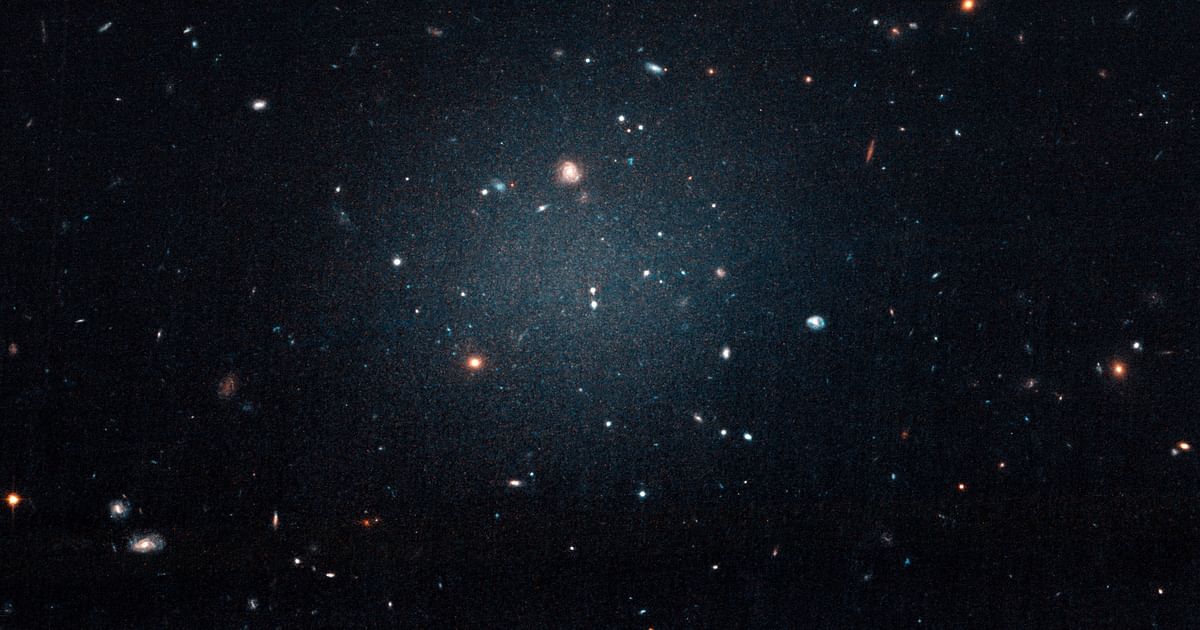Scientists are reporting a significant breakthrough in understanding the mysterious glitch at the edge of the expanding universe where gravity weakens by about one percent. The widely accepted model of gravity, based on Einstein’s theory of general relativity, has been tested and confirmed through various experiments. However, scientists have encountered discrepancies in its predictions when applied to the cosmic scale.
Recent research suggests that a new model may explain this cosmic glitch. Astronomers have known for about a century that the universe is expanding, with some proposing that this expansion could be attributed to a weakening of gravity at the edge. This observation led researchers to explore the idea that Einstein’s theory may not fully explain gravity on extremely large distances.
For over two decades, physicists and astronomers have attempted to formulate a mathematical model that can address these inconsistencies in general relativity. The newly developed model, described by lead author Robin Wen as a ‘footnote to Einstein’s theory,’ modifies and extends the existing formulas of general relativity without compromising its validity. This model offers a potential resolution to the cosmic glitch, providing insights into the behavior of gravity on cosmic scales that were previously unexplained.
Wen and Afshordi believe that this new model could be the starting point for solving a broader cosmic puzzle spanning across space and time. By acknowledging that certain adjustments are necessary when studying phenomena at a cosmic scale, scientists hope to gain a deeper understanding of the universe’s structure and evolution.



